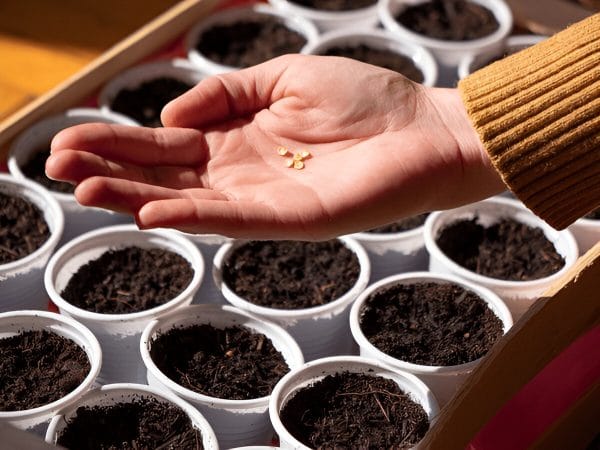
Starting seeds indoors is a crucial step for many gardeners who want to get a head start on their growing season. By germinating seeds indoors, you can ensure that your plants are ready to be transplanted outdoors when the weather is favorable. This article will explore when to start seeds indoors, the best dates for various plants, and specific recommendations for popular varieties, including stock seeds.
When Should Seeds Be Started Indoors?
The timing for starting seeds indoors largely depends on your local climate and the type of plants you intend to grow. Generally, seeds should be started indoors 6 to 8 weeks before the last expected frost date in your area. This timeframe allows seedlings to develop strong roots and foliage before being transplanted outdoors.
Understanding Frost Dates
To determine when to start your seeds, you first need to know your last frost date. This date varies by region and can be found through local agricultural extensions or gardening resources. Here are some general guidelines:
- Cool-Season Crops: These include vegetables like broccoli, cabbage, and lettuce. They can typically be started indoors 6 to 8 weeks before the last frost date.
- Warm-Season Crops: Plants such as tomatoes, peppers, and cucumbers should be started indoors about 6 to 8 weeks before the last frost date.
- Flowers: Many annual flowers can also be started indoors around the same time as warm season vegetables.
What Is the Best Date to Start Seeds Indoors?
The best date to start seeds indoors varies depending on your specific location and the plants you are growing. To find the ideal date, follow these steps:
- Determine Your Last Frost Date: Use local gardening resources to find out when the last frost typically occurs in your area.
- Count Backward: For most vegetables and flowers, count back 6 to 8 weeks from the last frost date to find your starting date.
- Consider Plant Varieties: Some plants may have specific requirements. For example, stock seeds should be started indoors about 8 to 10 weeks before the last frost date, as they require a longer growing period.
What Month Is Best to Sow Seeds?
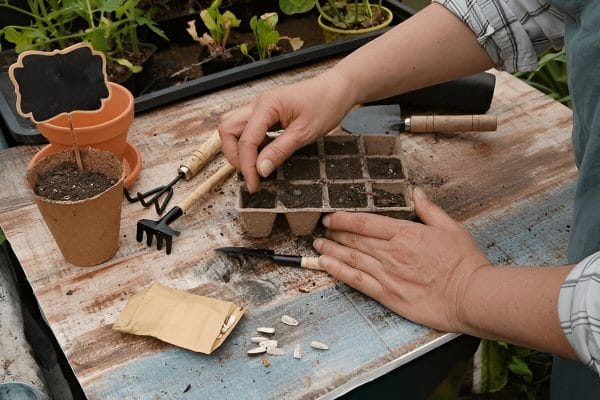
The best month to sow seeds indoors is typically late winter to early spring, depending on your climate zone. Here’s a general breakdown:
- January to February: Ideal for cool season crops and some early spring flowers. Start seeds for broccoli, cabbage, and pansies.
- March to April: The best time for warm-season crops like tomatoes, peppers, and cucumbers. This is when most gardeners start their seeds indoors.
- May: In warmer climates, some gardeners may start additional crops indoors, such as beans and squash, to extend the growing season.
When to Start Stock Seeds Indoors?
Stock seeds, known for their fragrant flowers, should be started indoors about 8 to 10 weeks before the last expected frost date. Here are some specific guidelines for growing stock from seeds:
- Timing: Count back from your last frost date to determine when to sow stock seeds. If your last frost date is May 15, for example, you should start your stock seeds indoors between mid-March and early April.
- Temperature: Stock seeds germinate best at temperatures between 65°F and 70°F (18°C to 21°C). Ensure your indoor growing area is adequately heated.
- Lighting: Provide sufficient light for your seedlings. If natural light is limited, consider using grow lights to ensure healthy growth.
- Transplanting: Once the seedlings have developed a few sets of true leaves and the risk of frost has passed, they can be transplanted outdoors. Harden them off gradually by exposing them to outdoor conditions over a week.
Tips for Starting Seeds Indoors
Starting seeds indoors can be a rewarding experience, but it requires attention to detail. Here are some essential tips to ensure your success:
- Choose the Right Containers: Use seed trays, peat pots, or recycled containers with drainage holes. Ensure they are clean to prevent disease.
- Use Quality Seed-Starting Mix: A sterile, lightweight seed-starting mix will provide the right environment for germination. Avoid using garden soil, which may contain pathogens.
- Watering: Keep the soil consistently moist but not soggy. Overwatering can lead to damping-off disease, which can kill seedlings.
- Light Requirements: Seedlings need 12 to 16 hours of light per day. If using grow lights, place them a few inches above the seedlings and adjust as they grow.
- Temperature Control: Most seeds germinate best at temperatures between 65°F and 75°F (18°C to 24°C). Use a heat mat if necessary to maintain optimal temperatures.
- Thinning Seedlings: Once seedlings develop their first true leaves, thin them to avoid overcrowding. This process allows the remaining plants to grow stronger.
Common Mistakes to Avoid
While starting seeds indoors can be simple, there are common pitfalls to avoid:
- Starting Too Early or Late: Timing is crucial. Starting seeds too early can lead to leggy plants, while starting too late may not give seedlings enough time to mature before transplanting.
- Neglecting Light Needs: Insufficient light can result in weak, spindly seedlings. Ensure they receive adequate light either through natural sunlight or artificial grow lights.
- Overwatering: It’s easy to overwater seedlings, leading to root rot. Check the moisture level before watering, and allow the soil to dry slightly between waterings.
- Skipping Hardening Off: Gradually acclimate seedlings to outdoor conditions before transplanting. This process reduces transplant shock and helps plants adjust to their new environment.
Understanding Growing Zones
To further refine your planting schedule, it’s essential to understand the USDA Plant Hardiness Zones. These zones categorize regions based on their average annual minimum temperatures, helping gardeners determine which plants are likely to thrive in their area.
- Zone 1: Extremely cold regions; only the hardiest plants survive.
- Zone 2: Cold climates; suitable for cold-tolerant crops.
- Zone 3-4: Moderate cold; many vegetables and flowers can be grown.
- Zone 5-6: Mild winters; a wide variety of plants thrive.
- Zone 7-10: Warm climates; can grow heat-loving plants year-round.
By knowing your zone, you can better assess when to start seeds indoors and which plants will perform best in your garden.
Advanced Techniques for Seed Starting
For those looking to take seed starting to the next level, consider these advanced techniques:
- Soil Blocking: This method involves creating small blocks of soil that can hold seeds. Soil blocks eliminate the need for plastic pots and promote healthier root systems.
- Hydroponics: Starting seeds in a hydroponic system can lead to faster growth and healthier plants. This soilless method allows for precise control over nutrients and moisture.
- Using a Germination Chamber: A controlled environment can enhance germination rates. A simple chamber can be created using a plastic container with a lid, providing warmth and humidity.
- Succession Planting: For continuous harvests, practice succession planting by starting new seeds every few weeks. This technique ensures a steady supply of fresh produce throughout the growing season.
Conclusion
Starting seeds indoors is an excellent way to maximize your gardening potential and ensure a bountiful harvest. By understanding when to start seeds, the best dates for various plants, and specific considerations for varieties like stock seeds, you can set yourself up for success. With careful planning and attention to detail, you’ll be well on your way to a thriving garden.
FAQ
1. When should seeds be started indoors?
Seeds should generally be started indoors 6 to 8 weeks before the last expected frost date.
2. What is the best date to start seeds indoors?
The best date depends on your last frost date. Count back 6 to 8 weeks to find your ideal starting date.
3. What month is best to sow seeds?
Late winter to early spring is typically the best time to sow seeds indoors, with January to April being key months.
4. When to start stock seeds indoors?
Stock seeds should be started indoors 8 to 10 weeks before the last frost date for optimal growth.
5. What are common mistakes when starting seeds indoors?
Common mistakes include starting seeds too early or late, neglecting light needs, overwatering, and skipping the hardening-off process.
Sources
- “The Vegetable Gardener’s Bible” by Edward C. Smith
- “Seed Starting for the Home Gardener” – University of Minnesota Extension
- “Starting Seeds Indoors” – Penn State Extension
- “Growing Stock Flowers” – Colorado State University Extension
- “Gardening Basics: Starting Seeds Indoors” – The Old Farmer’s Almanac
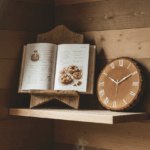
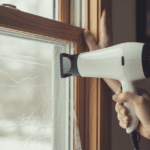

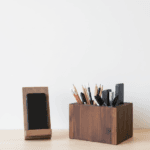

2 thoughts on “When to Start Seeds Indoors: A Comprehensive Guide for Gardeners”